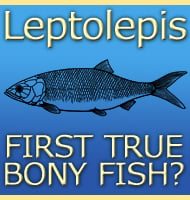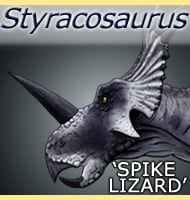In Depth
Eosipterus has enjoyed a variable position amongst the pterosaurs first being thought to be similar to Pterodactylus, then thought to have been a member of the filter feeding ctenochasmid pterosaurs, perhaps like Gnathosaurus, to ultimately being declared to be similar to Germanodactylus. The overall physiology of Eosipterus is quite robust, especially the wings. The interesting thing about Eosipterus is how the legs are proportionately smaller to other pterosaurs with a reduced fibula. The fifth toe is also only represented by a claw, with the claws on the other four toes being curved.
These adaptations may suggest that Eosipterus did not spend a lot of time on the ground, and may have been more at home amongst the trees. The curved claws could be used for gripping into bark, the legs not being used for ground locomotion became underdeveloped, and the wings being more robust would be better able to withstand brushes and scrapes with branches as Eosipterus flew amongst the trees.
Further Reading
Further reading- The first discovery of a pterosaur from western Liaoning Province (Eosipterus yangi gen. et sp. nov.). – Acta Geologica Sinica 71(1):1-6. – S.-A. Ji & Q. Ji – 1997.









